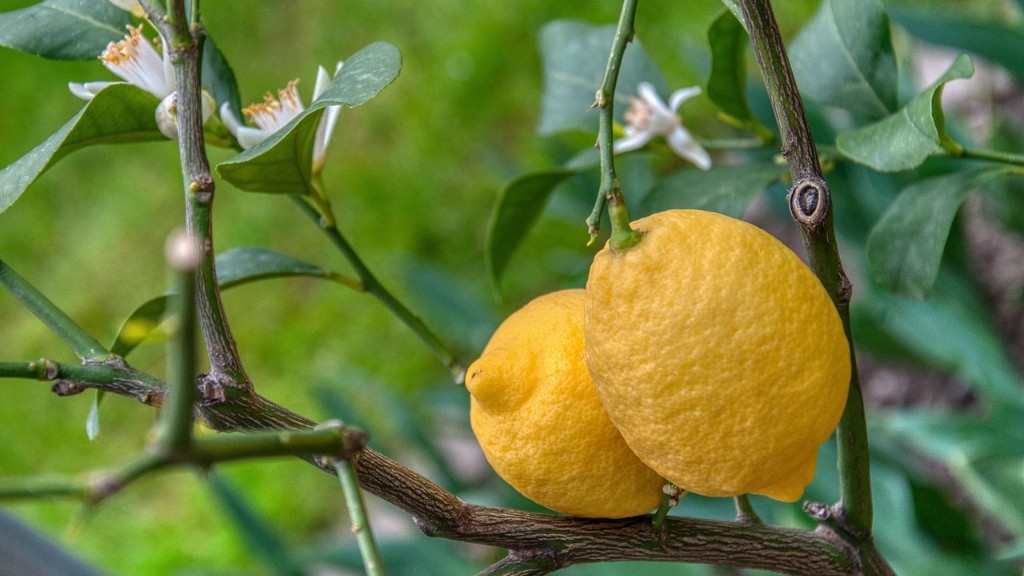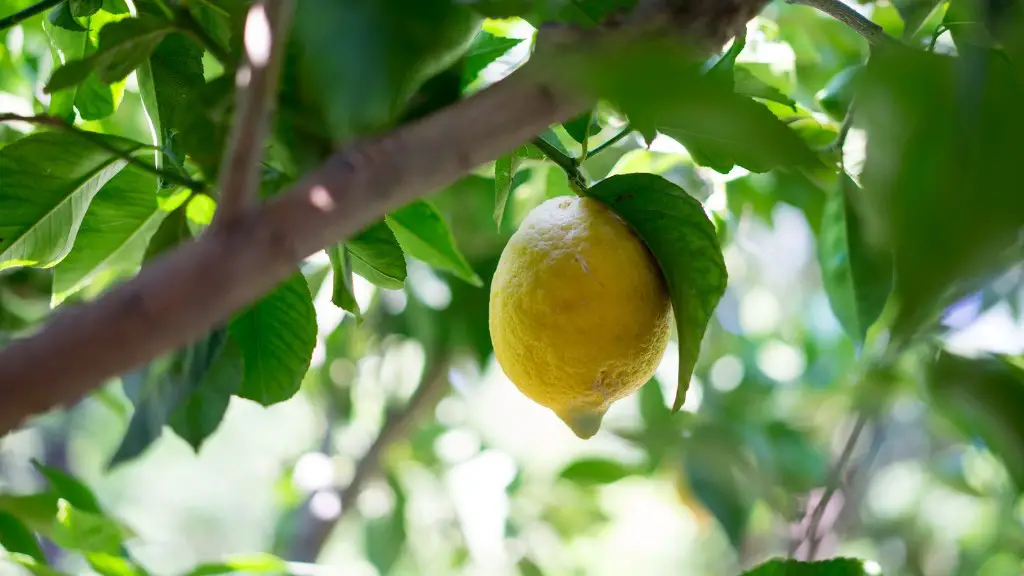Does an Avocado Tree Need Full Sun?
Many people who are new to growing avocados are left wondering whether the tree needs to be planted in full sun or not. While full sun may be beneficial for some plants, it’s not necessarily the case for avocados. Different varieties of avocados may have different needs, but in general, the tree does not need full sun to produce ripe, healthy fruit.
Avocado trees do best in an area where they can easily receive the sun and are relatively warm. Ideally, they should receive between 8 to 12 hours of sunlight per day. It is possible to grow an avocado tree in full sun, but this will depend on the specific variety and local climate. Some varieties fare better in partial shade, as too much sun can cause the leaves to scorch or wilt.
In addition to receiving the right amount of sun, it is important to keep the soil moist but not saturated. When planting an avocado tree, make sure to provide good drainage, as too much moisture can lead to root rot. The tree will also need to be pruned regularly, so it will not become overgrown.
One factor to consider is the temperature. If an avocado tree is planted in a location where the temperature does not stay above 60°F all year, it is important to provide some form of protection. For example, a south-facing wall can help provide extra warmth to the area. Additionally, many people choose to grow their avocado trees in containers to make it easier to transport them to a warmer climate if needed.
Water Requirements for Avocado Trees
To ensure that an avocado tree receives the right amount of water, it is important to monitor the moisture in the soil. The soil should be kept moist but not overly saturated. As a general rule, avocado trees need to be watered deeply at least once a week. Trees planted in clay soil may require more water than those planted in sandy soils.
During summer months, you may need to water every other day if it has been particularly hot or if there has been a lack of rain. In the winter, you may only need to water a few times per month. It is also important to ensure that the tree is getting enough fertiliser. An avocado tree will generally need a balanced fertiliser with a lower amount of nitrogen. If it is not getting enough nutrients from the soil, the tree may struggle to produce fruit.
Location of Avocado Trees
When selecting a location for an avocado tree, it is important to pay attention to the surrounding area. Avocado trees do not do well when exposed to strong winds as this can cause the branches to break or split. Likewise, the tree should not be planted in an area where it is too shaded or wet. If an avocado tree is left in an area where it is too shady or wet, the fruit will not fully ripen.
It is also important to consider the space that the tree will require. Depending on the variety, the tree can grow up to 30 feet in height and 10 feet in width. Make sure to select an area where the tree is not going to crowd out neighbouring plants or take up too much space.
Maintenance for Avocado Trees
Avocado trees are generally pretty easy to maintain, but there are still a few things that need to be done to make sure the tree is healthy and producing a good crop of fruit. It is important to remove any dead leaves or damaged branches regularly. This will help prevent diseases and pest infestations.
It is also important to prune the tree regularly. This will help to manage the shape of the tree and open up the canopy to allow more sunlight into the interior. When the tree produces a heavy crop of fruit, the weight may cause the branches to droop. Regular pruning can help to prevent this.
Protecting Avocado Trees from Frost
Avocado trees are particularly vulnerable to frost, so it is important to provide extra protection during periods of cold weather. If the temperature drops too low, the tree may suffer from frost damage. To protect it, cover the tree with a frost cloth. Also, make sure to water the base of the tree a few days before the frost is expected, as this will help keep the roots insulated.
It is also a good idea to mulch around the tree. This will help to keep the soil warm and trap moisture. As long as there is good ventilation, the tree should be protected from any frost damage. In particularly cold climates, some people may choose to use fans to help keep the temperature at a steady level.
Preventing Diseases and Pests
Avocado trees can be vulnerable to pests and diseases. To prevent any infestations, it is important to regularly inspect the tree for any signs of damage. If any pests or diseases are spotted, it is important to act quickly, as they can spread quickly. Depending on the severity of the problem, you may need to use a pesticide or fungicide.
It is also important to keep the tree well-maintained. Make sure to prune away any damaged leaves or branches, as this will help to prevent pests or diseases from spreading throughout the tree. Keeping the tree watered and fertilised regularly will also help keep it healthy.
Harvesting Avocado Fruit
Harvesting avocado fruit can be tricky. The fruit needs to be left on the tree until it is ripe. The easiest way to tell when avocados are ready to be picked is to gently squeeze them. If the flesh is slightly firm, the fruit is ready for picking. If the flesh is still soft, the fruit needs to stay on the tree for a few more days.
Harvesting fruit too early can lead to a shorter shelf-life, as the fruit will not ripen properly. Make sure that the fruit is picked from the tree carefully and with minimal damage. This will ensure that it is in the best condition for storage and transport.
Storing Avocado Fruit
Once the fruit has been harvested, it is important to store it properly. Unripe fruit can be stored in a cool, dry place. Once the fruit has ripened, it should be stored in the refrigerator. Wrapping the fruit in a paper towel can help to absorb any excess moisture.
It is also important to check the fruit regularly, as any damaged or bruised fruit will need to be used first. This will help to ensure that as much of the crop is used up before it spoils. Additionally, any overripe fruit can be made into sauces or purees.
Conclusion
Overall, growing an avocado tree does not require full sun. Depending on the variety and local climate, it may be possible to grow the tree in partial shade. Nevertheless, it is important to pay attention to the other environmental factors, such as temperature and moisture, to make sure that the tree is healthy and producing a good crop of fruit.


